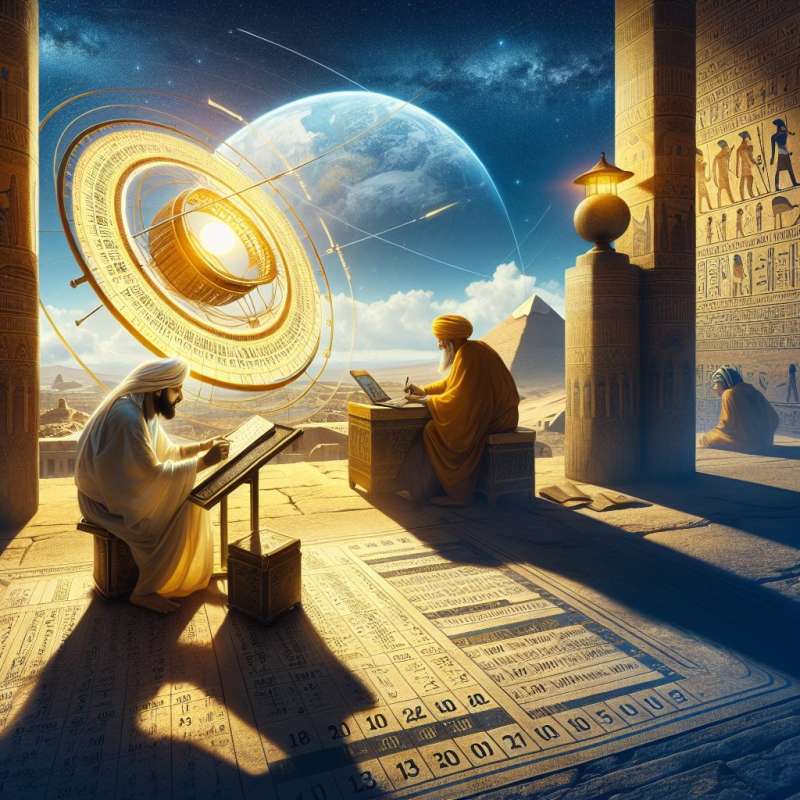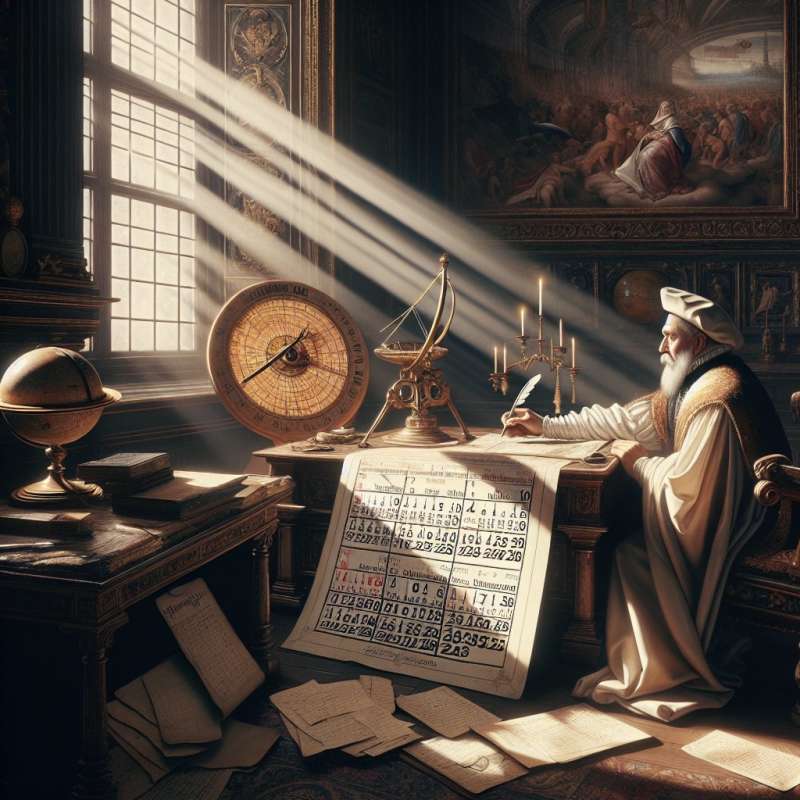
Leap Day Origins
Leap Days correct Earth's orbital inaccuracy. Ancient Egyptians first recognized the solar year discrepancy. Julius Caesar later introduced leap years in 45 BCE with the Julian calendar.
Julian Calendar Problems
Caesar’s system added a day every four years. However, this overcompensated by 11 minutes each year, leading to a 10-day drift by the 16th century.
Gregorian Calendar Reform
In 1582, Pope Gregory XIII rectified Julian errors. The Gregorian calendar skips three leap days every 400 years to improve accuracy, omitting centennial years not divisible by 400.
February 30th Phenomenon
Sweden had a February 30 in 1712, due to a botched calendar conversion from Julian to Gregorian, doubling leap year days to correct dates.
Cultural Leap Year Traditions
In Ireland, February 29 is when women traditionally propose marriage. In Greece, getting married in a leap year, especially on Leap Day, is considered unlucky.
Famous Leap Day Births
Notable 'leaplings' include composer Gioachino Rossini (1792) and motivational speaker Tony Robbins (1960). Their official birthdays often shift in non-leap years.
Leap Second Adjustments
Beyond leap days, 'leap seconds' are occasionally added to Coordinated Universal Time (UTC) to compensate for Earth's irregular rotation, first implemented in 1972.
Who first recognized solar year discrepancy?
Julius Caesar in 45 BCE
Ancient Egyptians historically
Pope Gregory XIII in 1582
Company